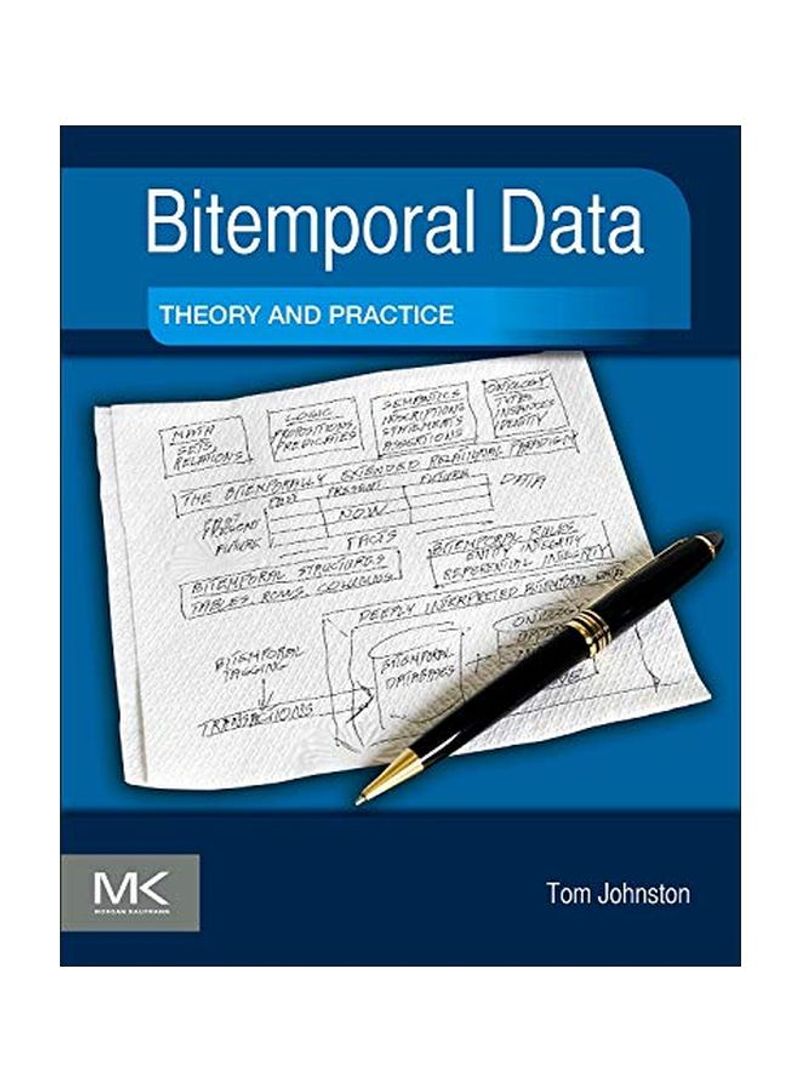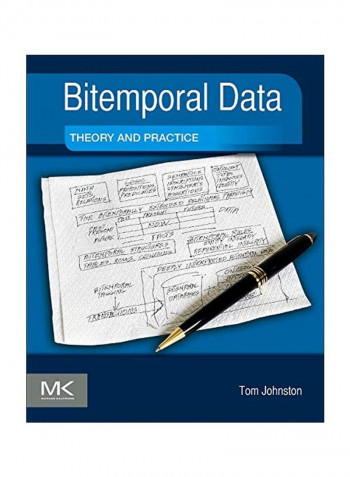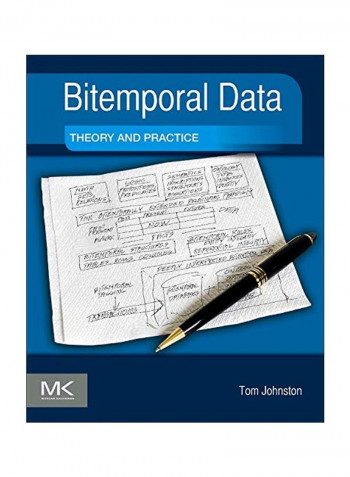Bitemporal Data: Theory and Practice Paperback
Recommend
Sort by
Rating
Date
Specifications
Grade
New
Author 1
Tom Johnston
Book Description
Bitemporal data has always been important. But it was not until 2011 that the ISO released a SQL standard that supported it. Currently, among major DBMS vendors, Oracle, IBM and Teradata now provide at least some bitemporal functionality in their flagship products. But to use these products effectively, someone in your IT organization needs to know more than how to code bitemporal SQL statements. Perhaps, in your organization, that person is you. To correctly interpret business requests for temporal data, to correctly specify requirements to your IT development staff, and to correctly design bitemporal databases and applications, someone in your enterprise needs a deep understanding of both the theory and the practice of managing bitemporal data. Someone also needs to understand what the future may bring in the way of additional temporal functionality, so their enterprise can plan for it. Perhaps, in your organization, that person is you. This is the book that will show the do-it-yourself IT professional how to design and build bitemporal databases and how to write bitemporal transactions and queries, and will show those who will direct the use of vendor-provided bitemporal DBMSs exactly what is going on "under the covers" of that software.
ISBN-13
9780124080676
Language
English
Publisher
Elsevier Science Publishing Co Inc
Publication Date
41872.0
Number of Pages
400
About the Author
Dr. Tom Johnston is the Chief Scientist at Asserted Versioning, LLC, which has developed a middleware product which supports the standard theory of bitemporal data, and which also implements the Asserted Versioning extensions to that standard theory. He is the co-author of Managing Time in Relational Databases (Morgan-Kaufmann, 2010). He lives in Atlanta, Georgia.
Editorial Review
"...the book describes in a nice and engaging manner an important business problem, the (often serious) shortcomings of existing IT solutions, and ways to solve the problem properly." --Computing Reviews



